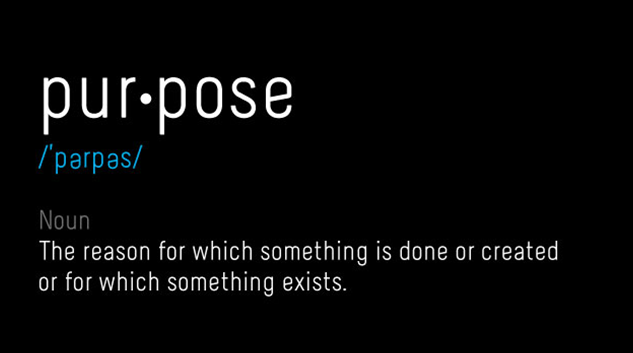
This is the first of a series of posts that have come out of a workshop I created for the South West Theatre Conference in Little Rock last weekend. The thoughts contained herein have been informed by a ton of articles read, lectures and workshops attended, and conversations enjoyed over the last few years. Apologies for any insights that I don’t appropriately cite.
For months I’ve been having discussions with colleagues about the need for a foundational shift in how we build, run, and financially sustain nonprofit theatres. The pandemic exposed what we’ve known all along, the vast majority of our institutions, large and small, are run on dangerously thin margins and only fit the 501(c)(3) definition if you squint and look sideways. Years ago I heard Karen Beavor of the Georgia Center for Nonprofits pronounce that if you want to build a better shopping cart, you can’t start with the current one because you’ll end up only changing the diameter of the wheels. You have to start with the problem you need to solve and build the solution starting from a blank piece of paper. We’ve been messing with the wheel size of the nonprofit theatre industry for decades.
As I was trying to distill my thoughts on all of this, I read Alan Harrison’s series of ArtsJournal posts on Board responsibilities. His first post hits the nail on the head regarding the fundamental issue for non-profit theatres: why do you exist?
The vast majority of theatres in the U.S. were formed by asking two questions:
- What kind of art do we want to create?
- Who can we get to fund it?
Do you notice what’s missing in those questions? That’s right: community impact or, really, any of the exempt purposes listed in the IRS Code Section 501(c)(3). When the bottom falls out, as it has done in stunning fashion over the past few years, how on earth do we expect anyone to come to our rescue if we haven’t been able to, as Harrison puts it, “quantifiably better [our] community”…whether our organization has existed for one or 100 years. Standing on the proverbial street corner whining “but we want to do a play! Don’t you want us to do a play?!?” isn’t cutting it, nor should it.
I believe 90% (and I’m being generous) of the nonprofit theatres in the U.S. (community, professional, what have you) need to do some serious soul searching, look at a community needs assessment (check out your local Community Action Partnership or United Way), and figure out where your theatre can be of service…not in a 2% of the annual budget kind of way, but foundationally – how does every programming choice, whether on stage or in a classroom, serve to change your community for the better.
Stop bemoaning the change in audience buying habits. Stop creating clever marketing strategies to bring in “diverse” audiences. Rewrite that mission statement using the following questions as your guide:
- Why are we a nonprofit?
- What community are we serving?
- What need are we satisfying or seeking to alleviate?
- How do our productions/readings/workshops/classes do this?
- Who else in our community is working on this problem and how can we partner?
Rewrite that vision statement with these questions:
- How do we want to change our community and/or community members?
- How will our organization quantifiably better our community?
As Harrison says, these questions are not necessary just to produce plays. However, if you are just producing plays, you are a for-profit organization and should be looking for investors, not donors. However, if you are ready to really imbed your organization into your community, read on!
Once we have this new mission and vision as our bedrock, it is time to look at our Board of Directors and, quite possibly, turn the current Board paradigm on its head. We’ll look at that in my next post.
Please comment below with ways your theatre is making itself essential to its community.
